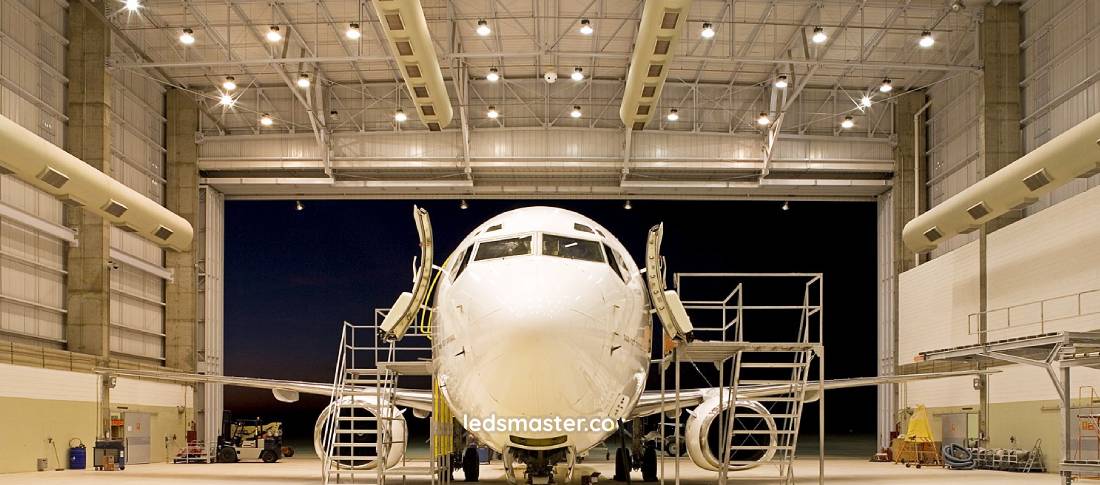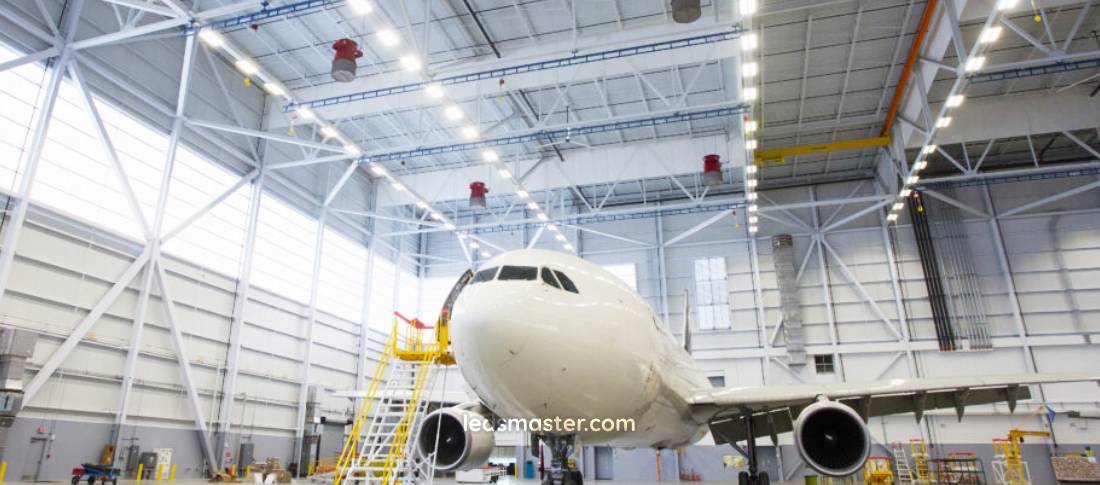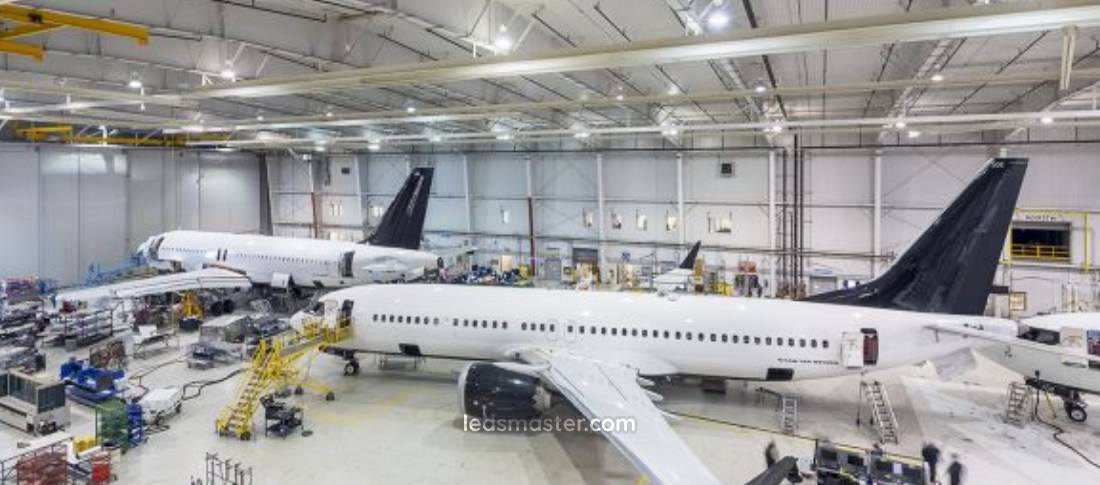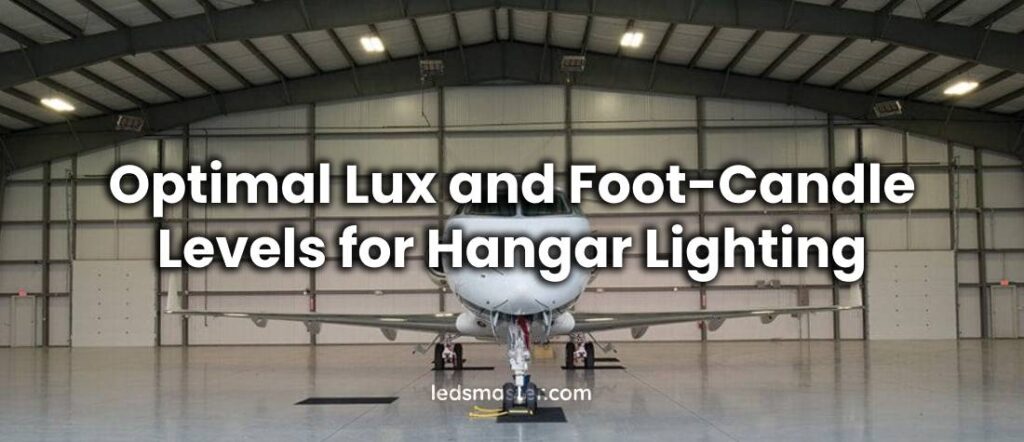Table of Contents
ToggleIntroduction to Lighting Measurements: Lux and Foot-Candles
Lighting intensity create an effective working environment. It is measured using lux and foot-candles, two units that help to quantify the amount of light falling on a surface. While lux is the metric unit measuring lumens per square meter, foot-candles, more commonly used in the United States, measure lumens per square foot. These units provide a standardized method for assessing the brightness of a space, making it easier to compare different lighting systems and ensure that spaces are adequately illuminated for their specific purposes.

Conversion Between Lux and Foot-Candles
The conversion factor is simple: 1 foot-candle equals 10.76 lux. This means that when designing a lighting system in one unit of measurement, the designer can easily adapt the system to a location using the other unit. For example, an area requiring 500 lux for normal tasks would require around 46.5 foot-candles. Conversion ensures that lighting guidelines can be applied across various regions, even if different measurement systems are used.
Lighting Intensity in Practice: Lux vs. Foot-Candles
The choice of unit depends largely on location and industry standards. In aviation and other sectors, precise lighting measurements are necessary to ensure operational efficiency and safety. Lux is the standard unit in most parts of the world, except for the United States, where foot-candles are more commonly used. Despite the difference, both units are interchangeable, allowing engineers and designers to apply the correct lighting intensity to any given task or environment, irrespective of the measurement system.
Visual Impact of Lighting on Work Performance
The influence of lighting on work performance is multifaceted. In settings such as hangars, proper lighting is not just about brightness but about how that light is distributed and its color temperature. Lighting that is too dim or too harsh can both negatively impact the quality of work and safety. For example, insufficient lighting during an aircraft inspection can lead to errors, while excessive light can cause glare, making it difficult for workers to see clearly.
Visual Acuity and Light Quality
Visual acuity, or the ability to see details clearly, is influenced by the intensity, uniformity, and color of light. In most industrial settings, including hangars, cool white light with higher correlated color temperatures (CCT) is preferred. This type of light enhances contrast, reduces eye strain, and makes it easier to distinguish fine details, which is vital in tasks requiring precision, such as inspecting mechanical components or aircraft engines.
Balancing Brightness and Comfort in Task Lighting
The key to good lighting design is finding a balance between providing sufficient brightness and ensuring visual comfort. It’s not just about flooding a space with as much light as possible; it’s about ensuring that the light is uniform and free from glare. This balance ensures that workers can perform their tasks without experiencing discomfort or fatigue, contributing to improved productivity and safety.
Converting Between Units for Global Standards
For multinational operations or environments where international standards apply, understanding how to convert between lux and foot-candles becomes an important part of the lighting design process. Different countries may have their own guidelines for lighting levels, but by converting between units, designers can ensure that all global facilities are meeting the same standards, regardless of the measurement system in place.
Regulatory Lighting Guidelines for Aviation Tasks
Aviation maintenance facilities, such as hangars, operate under strict lighting guidelines issued by regulatory bodies like the Federal Aviation Administration (FAA), International Civil Aviation Organization (ICAO), and Occupational Safety and Health Administration (OSHA). These guidelines help ensure that workers are provided with appropriate lighting for their tasks, reducing the risk of errors, injuries, or accidents.
Recommended Lighting Levels for Various Tasks
Different tasks require different levels of illumination. For routine maintenance activities, lighting levels of around 300 to 500 lux (or 30 to 50 foot-candles) are generally sufficient. However, more detailed tasks like inspecting aircraft engines or structural components may require higher lighting levels of around 1,000 lux (100 foot-candles). Administrative areas like offices or break rooms typically need around 200 to 300 lux (20 to 30 foot-candles). These recommendations help ensure that lighting is suitable for the complexity and nature of the task at hand.
Regulatory Compliance and Safety Concerns
Meeting the lighting requirements set out by regulatory bodies helps prevent safety hazards and legal challenges. Inadequate lighting can result in accidents or subpar work quality, leading to potential violations of safety standards. By adhering to recommended lighting levels and conducting regular audits, facilities can ensure that they remain in compliance and mitigate risks associated with poor lighting conditions.
Industry Codes and Standards for Hangar Lighting
Hangar lighting is subject to various industry codes that address specific concerns like glare control, fixture placement, and emergency lighting systems. For example, lighting fixtures must be placed in a way that minimizes glare and ensures that shadows do not interfere with tasks requiring high precision. By following these codes, hangar operators can create environments that promote efficiency and safety while maintaining regulatory compliance.
Determining Hangar Lighting Needs
The layout and design of a hangar determine the appropriate lighting system. Hangars often feature large open spaces with high ceilings and distinct zones for different activities, such as aircraft storage or maintenance. High ceilings necessitate the use of fixtures with long throw distances, while reflective surfaces such as walls and floors can either enhance or diminish the effectiveness of the light.

Considering the Purpose of the Hangar
The intended use of the hangar greatly affects the type and intensity of lighting required. Aircraft storage areas, for instance, generally do not need high-intensity lighting, as the activity in these spaces does not require close inspection or high precision. On the other hand, areas designated for inspections, repairs, and assembly often demand brighter, more focused lighting to ensure workers can perform their tasks effectively.
Incorporating Natural Light into Hangar Design
Maximizing natural light in a hangar is a cost-effective way to reduce energy consumption and improve the overall environment. Features like skylights, large windows, or translucent panels can flood the space with daylight, reducing the need for artificial lighting. However, because natural light is subject to variability, it must be supplemented with artificial lighting during cloudy weather or in the evening. A hybrid system that utilizes both natural and artificial light helps maintain consistent lighting levels throughout the day.
Artificial Lighting as a Complement to Natural Light
Artificial lighting systems are required to ensure that hangars are properly illuminated, especially during periods when natural light is unavailable. Systems can be designed to complement natural lighting, using sensors or automated controls to adjust artificial lighting in response to changing daylight conditions. This type of integrated system helps reduce energy consumption while maintaining optimal lighting levels for workers.
Zone-Based Lighting for Task-Specific Needs
Dividing a hangar into zones allows for task-specific lighting customization. For instance, areas dedicated to detailed inspections might require high-intensity lighting to ensure workers can clearly see small components, while storage areas may need only ambient lighting. Using adjustable or modular lighting systems enhances this zoning approach, allowing operators to modify the lighting based on changing tasks or shifting priorities within the hangar.
Selecting the Right Lighting Fixtures
Choosing the right lighting fixtures achieve the required illumination levels. High-bay LED fixtures are commonly used in hangars due to their ability to provide bright, even illumination over large areas. LEDs are not only energy-efficient but also long-lasting, making them an ideal choice for environments where maintenance frequency is a concern. Fluorescent or halogen lighting options, while available, are less efficient and often require more upkeep.
Adjustable Lighting Systems for Enhanced Flexibility
To meet varying lighting needs, modern systems often incorporate adjustable fixtures that allow users to modify light levels based on task requirements. Adjustable lighting provides flexibility in hangar spaces, where lighting needs may change depending on the type of activity being performed. This ensures that workers always have the right level of illumination for their tasks, improving both safety and efficiency.
Smart Lighting Systems for Operational Efficiency
Smart lighting systems have gained popularity due to their ability to enhance energy efficiency and provide greater control. These systems, which can be integrated with building management systems, feature real-time monitoring, occupancy sensors, and daylight-responsive dimming. By automatically adjusting the lighting based on activity levels or daylight availability, smart lighting systems help conserve energy without compromising on performance.
Energy Efficiency and Sustainability in Hangar Lighting
Energy-efficient lighting systems, particularly LED fixtures, offer substantial savings over traditional lighting options. Not only do LEDs consume less power, but they also last longer and require less maintenance. As a result, hangars that switch to energy-efficient lighting can significantly reduce both their operational costs and their environmental impact. Retrofitting older systems with LEDs or similar technologies is an effective way to modernize hangar lighting.
Integrating Renewable Energy Sources for Sustainable Lighting
As sustainability becomes an increasing priority in facility design, integrating renewable energy sources like solar panels into lighting systems offers substantial environmental benefits. Solar energy can supplement the power needed for hangar lighting, reducing reliance on conventional energy sources. Hybrid systems that combine solar power with traditional grid electricity offer flexibility and reliability, especially for facilities with high energy demands.
Reducing Carbon Footprint with Efficient Lighting
The adoption of energy-efficient lighting systems, such as LEDs, helps reduce the carbon footprint of hangars and other facilities. LEDs use significantly less power than older fixtures and have longer lifespans, meaning fewer replacements and less waste. By improving energy efficiency and extending the life of lighting systems, hangars can contribute to reducing environmental impact while also achieving cost savings.
Regular Maintenance for Optimal Lighting Performance
Proper maintenance is required to keep lighting systems functioning at their best. Dust, dirt, and wear can degrade the performance of light fixtures, reducing their output and increasing energy consumption. Regular cleaning and inspections help to identify any issues early, ensuring that the system remains efficient and effective. Maintenance schedules should be designed to minimize downtime and ensure that lighting conditions remain consistent across the hangar.

Advanced Lighting Technologies for Hangar Operations
The development of advanced technologies such as IoT-enabled lighting systems offers new possibilities for hangar lighting management. These systems can gather data on lighting usage, adjust brightness in real-time, and predict when maintenance is needed. Integration with artificial intelligence (AI) allows for further optimization of lighting, ensuring that it adapts to changing needs and contributes to both operational efficiency and energy savings.
Designing for Worker Comfort and Safety
Lighting ensures worker comfort and safety, particularly in tasks that require high levels of focus. Properly distributed light can minimize shadows and reduce glare, ensuring that workers are not subjected to eye strain. Lighting systems should also be designed with safety in mind, providing sufficient emergency lighting for workers to navigate the space during power failures or other emergency situations.
Emergency Lighting Systems in Hangars
Emergency lighting systems are a component of hangar safety design. These systems provide illumination in the event of a power outage, ensuring that workers can exit safely and continue performing necessary tasks until power is restored. Backup lighting solutions, such as battery-powered or generator-supported systems, guarantee that essential areas, such as exit routes and equipment storage, remain illuminated at all times.
Utilizing AI for Advanced Lighting Management
AI-driven lighting systems offer greater precision in managing lighting levels and optimizing energy consumption. AI systems analyze data from sensors, occupancy levels, and external factors like daylight to adjust the lighting in real-time. This intelligent approach not only improves efficiency but also contributes to a more sustainable operation by reducing energy waste.
Conclusion
In hangar lighting design, achieving the right balance of light intensity, distribution, and energy efficiency is essential to supporting safe and efficient operations. The use of lux and foot-candles as measurement units provides a reliable means of assessing and comparing lighting levels across different regions and applications. Understanding the impact of lighting on worker performance and visual acuity ensures that tasks are completed accurately and comfortably, while adhering to regulatory guidelines guarantees compliance and safety.

